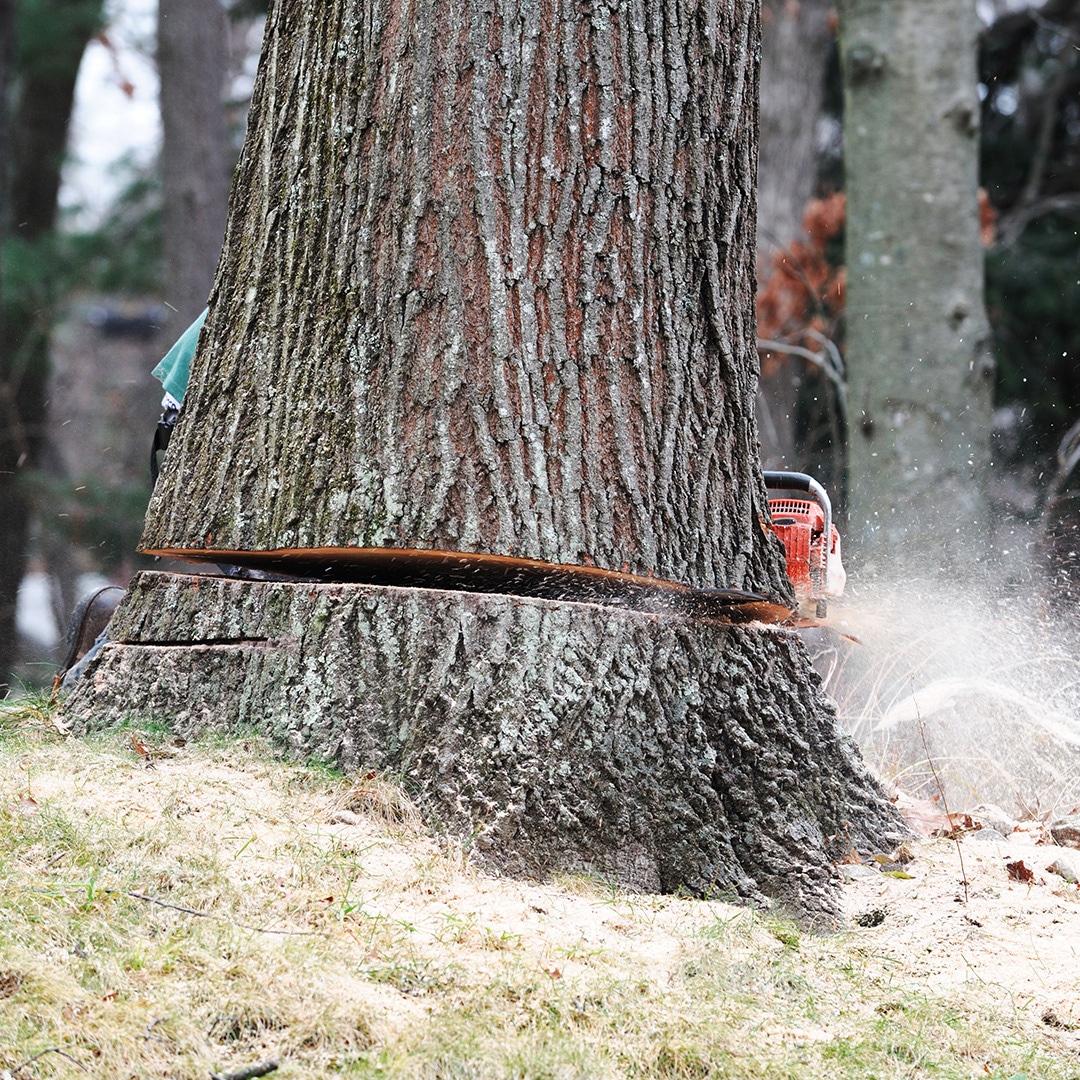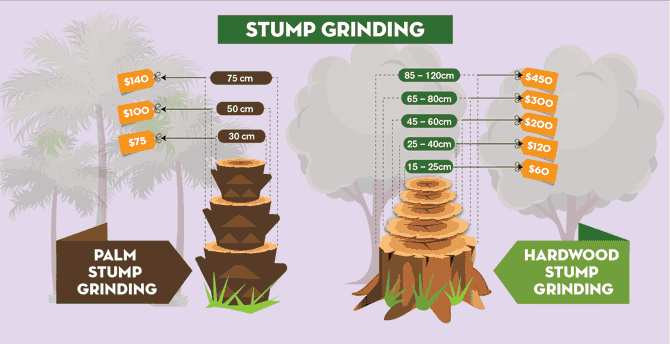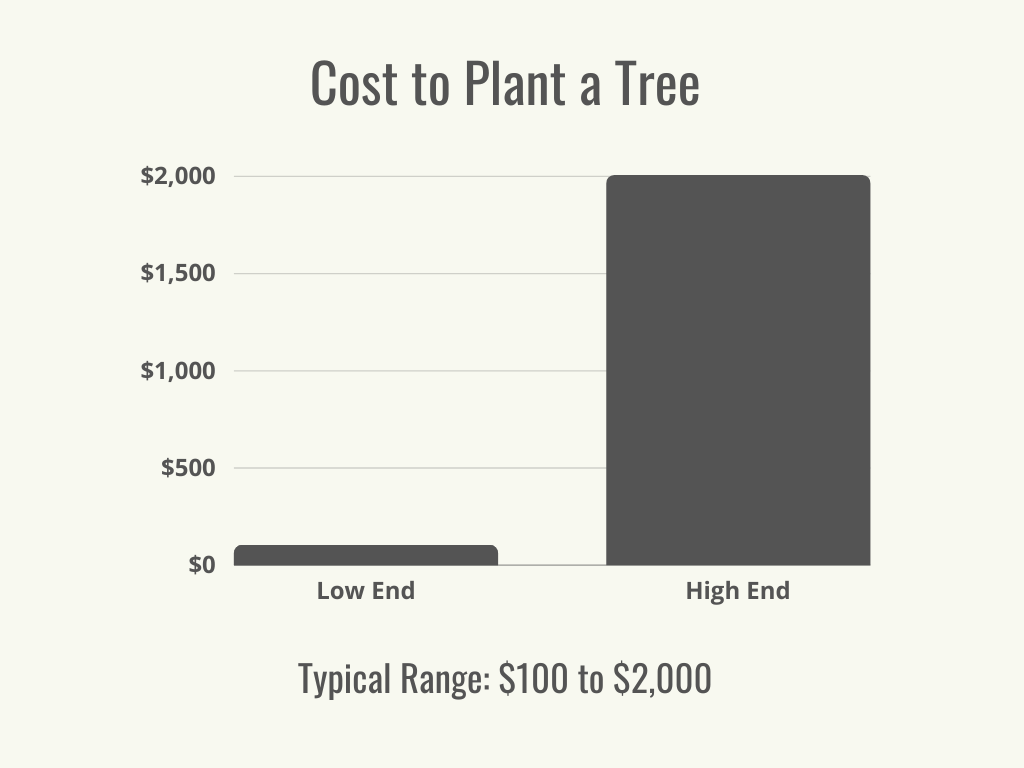Featured
Table of Contents
- – Verified Tree Service Testimonials In Wyndmoor...
- – Find Arborist Quotes In Wyndmoor, PA
- – Wyndmoor, PA Arborist: Lifetime Investment
- – Wyndmoor, PA Arborist Financing Options
- – Total Stump Removal Costs In Wyndmoor, PA: No...
- – Timeline For An Tree Cutting Installation In ...
- – Local Pricing For Tree Trimming In Wyndmoor, PA
- – Top Affordable Tree Trimming In Wyndmoor, PA
- – Are An Stump Removal Expensive In Wyndmoor, ...
- – Choosing The Right Arborist In Wyndmoor, PA:...
- – Multi-Unit Tree Service Costs In Wyndmoor, PA
- – Wyndmoor, PA Tree Trimming Cost Analysis
- – Wyndmoor, PA Tree Clearing Pricing Insights
- – Wyndmoor, PA Stump Grinding Reviews: Real Ex...
- – Additional Tree Cutting Warranty Costs In Wy...

The subsections listed below provide more detailed details about prices, consisting of an average range for each. TypeAverage Elimination CostPineConiferPalmMagnoliaArborvitaeAshCedarSweet GumEucalyptusSycamoreCypressOakMaplePoplar You can anticipate to pay in between to remove a pine, depending on its size. Removing a pine is one of the more economical tasks unless it is one that has actually been around for several years and is rather big.
Verified Tree Service Testimonials In Wyndmoor, PA
Pines likewise have a tap root that grows deep into the soil, which can prove to be more hard to eliminate. The procedure itself involves a specialist cutting the tree, clearing the base, cutting the surface roots, removing the stump, and finally dealing with the soil. Without an expert hand, you run the risk of leaving pine seedlings behind, which will fall from the roots of distressed pines.
Find Arborist Quotes In Wyndmoor, PA
The U.S. national average for conifer removal is roughly to have the conifer reduced, carried away, and the stump ground or removed totally. Conifers are generally much easier to get rid of, and even though they can grow rather high, they do not cost a fortune to get rid of. Conifers include pine, spruce, fir, and juniper trees.
Wyndmoor, PA Arborist: Lifetime Investment
While conifers are stunning, they kill native plants and particular types of turf. This is because they require a lot of water and nutrients to make it through, so they seep it off surrounding plants. They likewise have an extensive network of roots, which can affect your home's structure. The average price of palm removal depends on the height as much as the type, ranging from.
Wyndmoor, PA Arborist Financing Options
That is why it is necessary to know which type you are getting rid of. While you do not need an herbicide to kill a palm tree, there are some steps your elimination specialist will have to require to ensure the task is done correctly. There are 2 ways they can get rid of them: by chopping them down or digging them up.
Total Stump Removal Costs In Wyndmoor, PA: No Hidden Fees
From there, they eliminate the actual tree and then the stump. Expect to pay in between to eliminate this type of tree, depending on the precise size and information of the job.
Timeline For An Tree Cutting Installation In Wyndmoor, PA
There are three types: green, white, and black ash. White ash is known for its lots of colors. With its gray-tinged bark, its leaves are green or purple in the spring and golden yellow or purplish-red in the fall. They delight in moderate climates and great deals of sun. The green ash is called such due to its green or yellow foliage.
Local Pricing For Tree Trimming In Wyndmoor, PA

Nevertheless, the bark is softer, and it flowers later on in the year. Due to the variation in height, the removal cost variation is large from. A coniferous, evergreen tree, the cedar is a durable types. True cedars enjoy greater elevations, mainly in the Mountain ranges and the Mediterranean. A true cedar can grow as high as 160 feet in height and is frequently planted in the United States as a landscape choice.
Top Affordable Tree Trimming In Wyndmoor, PA
The development of incorrect cedars differs from 50 feet up to 230 feet high. With star-shaped leaves and sensational fall colors, the sweet gum is thought about a medium to big tree.
Are An Stump Removal Expensive In Wyndmoor, PA?
It has a big root base of 40 to 50 feet, which affects the elimination cost. Normally, it costs in between to eliminate a eucalyptus. Eucalyptus are not common all over, however they are quite large compared to others, which is why even the smaller ones are so costly to get rid of. Initially from Australia, eucalyptus are invasive plants that grow in thick groves that secure native plants.
Choosing The Right Arborist In Wyndmoor, PA: Price vs Quality
There are a handful of methods to do this, including burning, pulling, grinding, or killing them with herbicide. Anticipate to pay between to remove sycamores, based on the height, trunk size, and amount of work involved. Sycamores are among the biggest hardwood trees, normally varying from 60 to 100 feet high and as wide as 15 feet.
Multi-Unit Tree Service Costs In Wyndmoor, PA
The very first two steps will expose the insides of the tree and cut off the circulation of nutrients up the trunk. From there, a professional applies herbicide to eliminate the tree and cuts down the trunk.
Wyndmoor, PA Tree Trimming Cost Analysis
There are several kinds of Cypress trees, but the most widespread are the Leyland, Arizona, Bald, and Italian. The Bald Cypress grows in swampy or extremely damp locations while the others enjoy a dry, warm, or hot climate (arborist). They can grow as high as 80 to 100 feet tall
Wyndmoor, PA Tree Clearing Pricing Insights

Prone to illness, the Cypress is one of the most treasured woods for furnishings. The average oak grows to around 60 feet, and depending upon the intricacy of the removal, it costs approximately to eliminate. The precise size of your oak and the effort needed to fell it impact what you will in fact pay for elimination together with any extra services like stump grinding.
Wyndmoor, PA Stump Grinding Reviews: Real Experiences
Access to the trees and the roots will also impact the total cost. Maples can quickly mature to 100 feet or more and generally cost in between to eliminate from your home. The final rate depends on the real height and intricacy of the task. Maples are usually among the more pricey trees to eliminate since of their size and the work included in the removal.
Additional Tree Cutting Warranty Costs In Wyndmoor, PA
Poplars are giants of the types. Growing as high as 90 to 115 feet, these massive woods are mainly discovered in North America and include the aspen, cottonwood, and balsam trees. Boasting an expansive root system, poplars can be costly to get rid of when fully grown. The process to remove trees includes all the trimming and cutting of the branches and trunk, bringing it down to a stump.
Table of Contents
- – Verified Tree Service Testimonials In Wyndmoor...
- – Find Arborist Quotes In Wyndmoor, PA
- – Wyndmoor, PA Arborist: Lifetime Investment
- – Wyndmoor, PA Arborist Financing Options
- – Total Stump Removal Costs In Wyndmoor, PA: No...
- – Timeline For An Tree Cutting Installation In ...
- – Local Pricing For Tree Trimming In Wyndmoor, PA
- – Top Affordable Tree Trimming In Wyndmoor, PA
- – Are An Stump Removal Expensive In Wyndmoor, ...
- – Choosing The Right Arborist In Wyndmoor, PA:...
- – Multi-Unit Tree Service Costs In Wyndmoor, PA
- – Wyndmoor, PA Tree Trimming Cost Analysis
- – Wyndmoor, PA Tree Clearing Pricing Insights
- – Wyndmoor, PA Stump Grinding Reviews: Real Ex...
- – Additional Tree Cutting Warranty Costs In Wy...
Latest Posts
Lake City, SC Tree Clearing Pricing Estimates
Real Key Largo, FL Tree Service Testimonials
Annual Tree Clearing Costs In Oakland, CA
More
Latest Posts
Lake City, SC Tree Clearing Pricing Estimates
Real Key Largo, FL Tree Service Testimonials
Annual Tree Clearing Costs In Oakland, CA